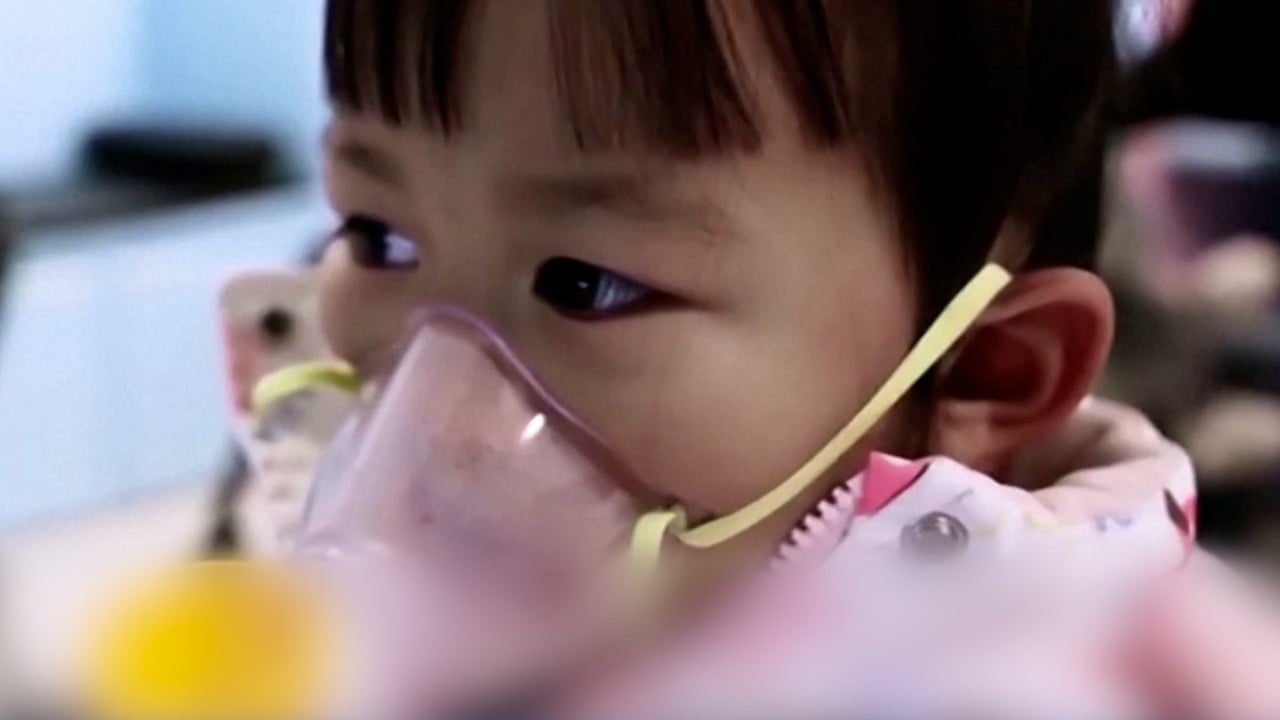Many infectious diseases thrive through airborne transmission in the form of tiny droplets that can easily enter the respiratory tract.
In the paper, the scientists said they set out to create a preventive treatment capable of intercepting and inactivating viral particles at the point of entry. The spray mask consists of a positively charged thermosensitive hydrogel that intercepts the negatively charged viral droplets when they are inhaled through the nose.
Once the viral aerosols are trapped in the gel, the virus is inactivated by microsized vesicles – tiny cellular-derived structures that have no cell organelles or DNA.
These vesicles have receptors on their surface that recognise the viral aerosols they are engineered to respond to, the paper said.
Once the virus meets its corresponding receptors, it is trapped within the vesicles and can no longer replicate, since the vesicles do not contain the cellular components necessary for it to do so.
New Chinese drug shows record treatment success against deadly lung cancer type
New Chinese drug shows record treatment success against deadly lung cancer type
During simulations, the researchers found that without a mask, around 55 per cent of viral particles inhaled had entered into the trachea, compared to only about 7 per cent when the intranasal mask was in place.
“The intranasal mask could intercept 93.2 per cent of viral aerosol particles in the nasal cavity”, preventing viral aerosols from entering the downstream lung, Wang Limin, corresponding author and a professor at the Chinese Academy of Sciences (CAS) Institute for Process Engineering, said in a press release.
Through tests on mice, the researchers said they were able to demonstrate that their gel mask system could provide “strong protection to the nasal cavity and downstream lung against viral aerosol infection”.
Calls for return of masks, airport scanners in Southeast Asia amid Covid surge
Calls for return of masks, airport scanners in Southeast Asia amid Covid surge
To find out how the intranasal mask would perform on human anatomy, the researchers scanned and 3D printed a human nasal cavity to model a human respiratory tract.
The nasal cavity model was then attached to a lung module derived from human lung tissue, along with a pump to model respiratory flow, the paper said.
The researchers found that the intranasal mask was able to protect against infection by preventing viral aerosols from reaching the lung module.
According to the paper, the mask could protect people from airborne viruses, including those “who cannot conveniently wear face masks, such as patients with asthma”.
The researchers said that people in higher risk situations, such as medical professionals, could use the intranasal spray as well as a regular face mask to “further reduce the risk of infection from aerosols containing threatening viruses”.
Tests revealed that the masks were capable of simultaneously protecting against multiple mutated variants of the same virus, such as Influenza A and Sars-CoV-2, since the binding of the virus variant onto the viral receptors in the gel was “independent of mutation”, Wei Wei, corresponding author and a professor at the CAS Institute for Process Engineering, said in a press release.
The intranasal mask system could also be applied to other viral infections, and could even be designed to neutralise “multiple viruses at the same time,” the paper said.
The intranasal mask maintained its protective properties after being refrigerated for three months, and the materials in the mask could potentially be stored separately and mixed before use, the paper said.
The research team said they were investigating hydrogels that could transform from liquid to gel regardless of temperature, to address the sensitivity of their hydrogel, which could affect its performance under very cold or very hot conditions.
The next tests for the intranasal mask would be on hamsters and monkeys, which are “preferable models” to mice, the researchers said.



